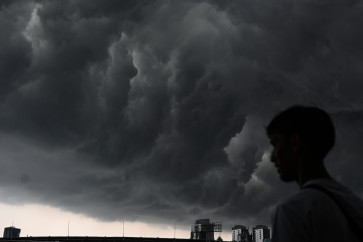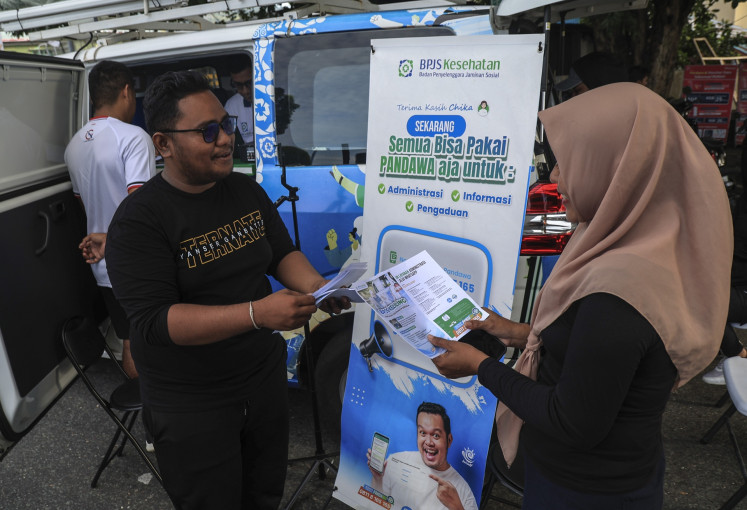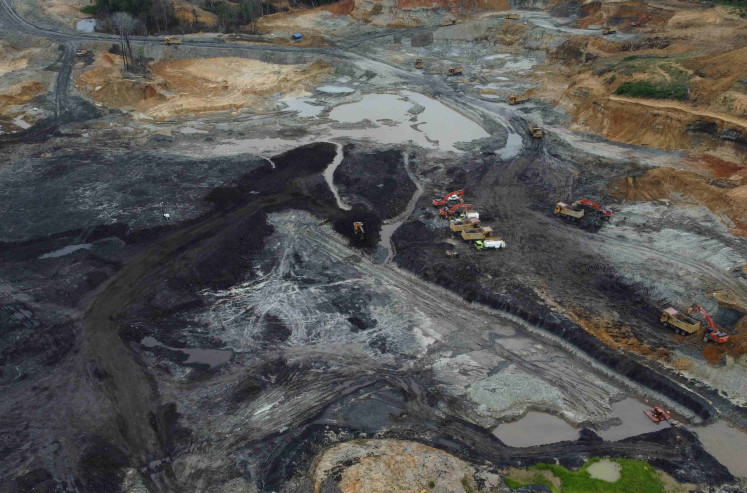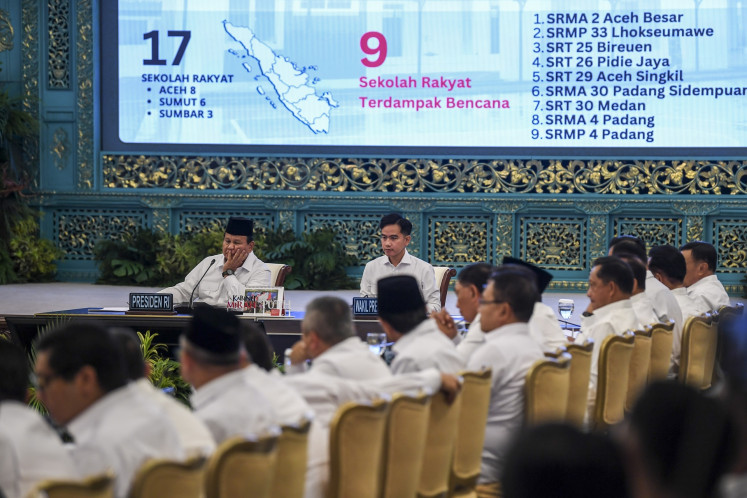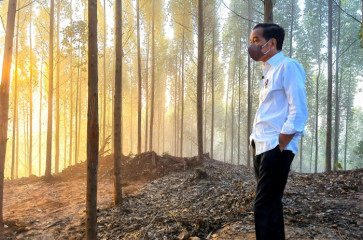Popular Reads
Top Results
Can't find what you're looking for?
View all search resultsPopular Reads
Top Results
Can't find what you're looking for?
View all search resultsNusantara an energizing site for construction industry
The government must prepare a number of business schemes and incentives to attract investors, mainly from the private sector.
Change text size
Gift Premium Articles
to Anyone
I
n 2019, the National Development Planning Agency (Bappenas) said the nation’s new capital would require Rp 460 trillion (US$31 billion) in investment. This consisted of Rp 265.1 trillion for supporting infrastructure, namely buildings, housing for civil servants and members of the police and Indonesian Military (TNI) and education and health facilities; Rp 160.2 trillion for facilities and infrastructure; Rp 32.7 trillion for the construction of legislative, executive and judicial buildings; and Rp 8 trillion for land acquisition.
In addition, Nusantara has the potential to increase the gross regional domestic product (GRDP) by 0.1 percent, with the emergence of new jobs and growth in the construction sector, especially infrastructure.
The new capital will indeed take a long time to develop. According to the documents from the capital city authority, the city will cover some 324,000 hectares. It will be divided into several sections, namely the IKN Development Area (KPKIN) of 199,000 ha; the IKN Area (KIKN) of 56,180 ha; the Central Government Core Area (KIPP) of 6,671 ha; and other strategic physical infrastructure.
Therefore, the megaproject will help Indonesia's construction sector recover strongly after being hit by the COVID-19 pandemic. Some state-owned construction enterprises have won tenders for the construction of the city’s toll roads, worker housing, connecting bridges and presidential office building.
In fact, research by Mirae Asset Sekuritas, an investment company, shows the bright prospects for the construction sector. It is estimated that the compound annual growth rate (CAGR) for the construction sector will increase by 8.3 percent in the period of 2020 to 2024, owing to the support of government infrastructure projects in various sectors, especially the transportation sector.
The massive development of Nusantara, especially in opening up a new land, requires various types of heavy equipment and is expected to have positive implications on the performance of the related industry sector. Moreover, the government also hopes the construction sector will gradually recover through diverse national and private infrastructure projects.
Various types of heavy equipment have now begun to be massively marketed to contractors who won the tenders for Nusantara’s initial infrastructure work. Dealers are also competing to provide heavy equipment, including competitive funding packages to support their marketing, resulting in an increasing quantity of heavy equipment entering the Nusantara area, including excavators, motor graders, compactors, backhoe loaders and medium dozers.





